Are you tired of spending hours on the treadmill, hoping it will magically melt away those stubborn pounds? Well, it’s time to let you in on a little secret: cardio is not the real exercise secret to rapid fat loss.
Picture this: You’re at the gym, drenched in sweat, pounding away on the elliptical, and yet, despite all of your efforts, the scale just won’t budge. Sound familiar? That’s because cardio alone isn’t enough to achieve the results you desire.
So, what is the secret? It’s all about incorporating the right combination of workouts into your routine. Say goodbye to mind-numbing hours on the treadmill and hello to a fat loss workout plan that actually works.
Key Takeaways:
- The real exercise secret to rapid fat loss goes beyond just cardio.
- Incorporating a variety of workouts into your routine is crucial for achieving the results you desire.
- Don’t rely on cardio alone – focus on strength training, HIIT workouts, and other forms of exercise that challenge your body.
- Remember, losing weight is about more than just the numbers on the scale; it’s about improving your overall health and well-being.
- Stay tuned for the rest of this article to learn more about the real exercise secret to rapid fat loss and how you can incorporate it into your own fitness journey.
Implement Long-Term Lifestyle and Behavior Changes
When it comes to weight loss, forget quick fixes and crash diets. The key to sustainable results lies in implementing long-term lifestyle and behavior changes. It’s time to shift your mindset and prioritize your overall health and well-being.
One effective strategy is to set SMART goals. SMART goals are specific, measurable, achievable, relevant, and time-sensitive. By setting these goals, you can stay motivated and track your progress along your weight loss journey.
But what exactly should you focus on? Start by paying attention to what you eat. Opt for whole foods that nourish your body and provide essential nutrients. Say goodbye to ultra-processed carbs and sweets that can hinder your fat loss efforts. Instead, embrace plant-based foods that are rich in fiber and nutrients.
Regular physical activity is also crucial. Find activities that you enjoy and make them a part of your daily routine. Whether it’s dancing, swimming, or strength training, find something that gets you moving and brings you joy.
“Success is not the key to happiness. Happiness is the key to success. If you love what you are doing, you will be successful.” – Albert Schweitzer
Managing stress and getting enough sleep are other important factors to consider. High stress levels can negatively impact weight loss progress, so prioritize self-care activities such as meditation, breathing exercises, or taking a relaxing bath. And remember, quality sleep is essential for overall health and weight management.
By making these long-term lifestyle changes and focusing on your behavior, you’re not just shedding pounds temporarily. You’re creating habits that will lead to lasting results and a healthier you.
Weight Loss Tips:
- Set SMART goals to stay motivated and track progress
- Eat whole, nutrient-rich foods
- Avoid ultra-processed carbs and sweets
- Embrace a plant-based diet
- Find enjoyable physical activities
- Manage stress and prioritize self-care
- Get enough quality sleep
Long-Term Lifestyle Changes vs. Short-Term Diets
| Long-Term Lifestyle Changes | Short-Term Diets |
|---|---|
| Focuses on overall health and well-being | Emphasizes quick weight loss |
| Promotes sustainable results | Often leads to weight regain |
| Encourages balanced, nutrient-rich eating | Restricts certain food groups |
| Includes regular physical activity | Relies on calorie restriction alone |
Focus on Achievable Targets
Why overwhelm yourself with a lofty weight loss goal when you can focus on achievable targets that bring significant health benefits? Losing just 5-10% of your total body weight can have a profound impact on your well-being. It not only improves your health but also reduces the risk of diseases like type 2 diabetes, stroke, cardiovascular disease, and certain types of cancer.
Instead of fixating on the ultimate number on the scale, break down your weight loss goals into smaller, more attainable targets. This approach allows you to stay motivated and witness progress as you move forward on your weight loss journey.
Need a little inspiration? Check out this table showing the health benefits of achieving different weight loss goals:
| Weight Loss Goal | Health Benefits |
|---|---|
| Lose 5-10% of total body weight | Significant improvement in overall health, reduced risk of diseases such as type 2 diabetes, stroke, cardiovascular disease, and certain types of cancer |
| Lose 10-20% of total body weight | Additional health benefits include lower blood pressure, improved cholesterol levels, decreased joint pain, and enhanced mobility |
| Lose 20-30% of total body weight | Further reduction in the risk of chronic conditions, increased energy levels, improved sleep quality, and enhanced self-confidence |
By setting achievable targets, you give yourself the opportunity to celebrate milestones along the way. Each small victory becomes a stepping stone towards your ultimate weight loss success. So, embrace the power of attainable goals and watch as they propel you towards a healthier, happier you!
Make Smart Food Choices
When it comes to weight loss, the food choices you make are crucial. To achieve rapid fat loss, it’s important to reduce your intake of processed carbs and sweets. Say goodbye to those sugary snacks, processed carbs, and soft drinks that can hinder your progress. These high-glycemic-load foods are notorious for contributing to weight gain.
Instead, focus on increasing your consumption of plant-based foods. Incorporating more fruits and vegetables into your diet can support your weight loss efforts. These nutrient-dense foods not only promote weight loss but also provide essential fiber and nutrients for overall health.
Benefits of Plant-Based Foods for Weight Loss:
- High in fiber, which promotes satiety and reduces calorie intake
- Packed with essential vitamins, minerals, and antioxidants
- Low in calorie density, allowing you to eat more volume without consuming excessive calories
- Naturally low in fat
- Can help reduce your risk of chronic diseases like obesity, heart disease, and type 2 diabetes
Incorporating more plant-based foods into your diet not only aids weight loss but also enhances your overall health and well-being. So, let’s ditch the processed carbs and sweets and embrace the power of nature’s bounty!
Boost Metabolism with Protein
When it comes to rapid fat loss, increasing your protein consumption can be a game-changer. Not only does protein help with appetite control, but it also plays a crucial role in preserving muscle mass. Aim to include one serving of high-quality protein in each meal, such as protein powder or lean meats.
Women over 50 may need higher levels of protein to offset muscle loss that occurs with age. Protein is essential for maintaining muscle mass, which in turn boosts metabolism and supports weight loss. By including adequate protein in your diet, you can fuel your weight loss goals and preserve lean muscle mass.
The Importance of Protein for Weight Loss
Protein is often referred to as the “building block” for our bodies, and it’s certainly true when it comes to weight loss. It plays a crucial role in several weight-related factors:
- Appetite Control: Protein has been shown to increase feelings of fullness and reduce hunger, helping you control your appetite and avoid unhealthy snacking.
- Muscle Mass Preservation: When we restrict calories for weight loss, our bodies may start breaking down muscle for energy. Adequate protein intake helps preserve muscle mass during this process, ensuring that the weight you lose comes from fat rather than valuable muscle tissue.
- Metabolism Boost: Muscles are more metabolically active than fat, meaning they burn more calories even at rest. By preserving and building lean muscle mass through protein consumption and strength training, you can increase your metabolism and enhance your fat-burning potential.
So how much protein should you aim for? The general guideline is to consume around 0.8-1 gram of protein per pound of body weight. However, individual needs may vary based on factors such as age, activity levels, and specific health considerations. It’s always a good idea to consult with a healthcare professional or registered dietitian to determine the appropriate protein intake for your unique needs.
Protein Sources for Weight Loss
Now that we’ve covered the importance of protein, let’s explore some high-quality sources that can support your weight loss journey:
| Protein Source | Protein Content per Serving |
|---|---|
| Chicken Breast (3 ounces) | 26 grams |
| Greek Yogurt (6 ounces) | 17 grams |
| Eggs (2 large eggs) | 13 grams |
| Salmon (3 ounces) | 22 grams |
| Protein Powder (1 scoop) | 20-25 grams |
Remember to choose lean sources of protein and opt for options that are low in saturated fats and added sugars. Incorporate these protein-rich foods into your meals and snacks to support your weight loss goals while enjoying delicious and satisfying meals.
Protein is the secret ingredient in your weight loss journey. It helps control your appetite, preserves muscle mass, and boosts your metabolism. Don’t underestimate the power of protein!
Hydration and Weight Loss
When it comes to weight loss, one often overlooked factor is hydration. Drinking enough water not only keeps you hydrated but can also aid in shedding those extra pounds. So, grab your water bottle and let’s dive into how staying properly hydrated can support your weight loss journey.
Quench Your Thirst, Shed the Pounds
Research has shown that increasing your water intake is associated with weight loss, regardless of your diet and exercise routine. One reason for this is that water helps increase feelings of satiety, helping to curb your appetite and prevent overeating. By sipping on water throughout the day, you can reduce the urge to reach for unhealthy snacks and unnecessary calories.
Beat the Sugar Cravings
Another benefit of staying hydrated is that it can help combat sugar cravings. Often, when we feel thirsty, our brain can misinterpret it as hunger, leading us to snack on sugary treats. By drinking enough water, you can quench your thirst and reduce those pesky sugar cravings. So, next time you find yourself reaching for a candy bar, grab a glass of water instead.
“Water is the driving force of all nature.”
– Leonardo da Vinci
Hydration Tips and Tricks
So, how much water should you drink? The general recommendation is to follow the “eight by eight” rule, which suggests consuming eight ounces of water eight times throughout the day. This guideline ensures that you meet your daily hydration needs and supports your weight loss efforts.
Additionally, drinking two cups of water before each meal can help increase weight loss. This technique helps you feel fuller, resulting in consuming fewer calories during the meal. It’s an effortless way to make a big impact on your weight loss journey.
Remember, every person’s hydration needs are unique, and factors such as activity level, climate, and overall health can influence how much water you should drink. Listen to your body and adjust your intake accordingly.
Stay Hydrated, Stay Healthy
Hydration is essential not only for weight loss but also for overall well-being. Water supports the body’s fat-burning process, aids digestion, helps regulate body temperature, and keeps your skin glowing. By prioritizing hydration and making it a part of your daily routine, you can support your weight loss goals and improve your overall health.
| Benefits of Hydration | How to Stay Hydrated |
|---|---|
| Increased feelings of satiety | Carry a reusable water bottle with you |
| Reduced sugar cravings | Set reminders to drink water throughout the day |
| Supports fat-burning process | Infuse your water with fruits or herbs for flavor |
| Improves digestion | Drink a glass of water before each meal |
| Regulates body temperature | Track your water intake using a smartphone app |
| Keeps skin healthy and glowing | Choose water over sugary drinks |
So, remember, the next time you’re on a weight loss journey, don’t forget the power of hydration. Drink your way to a healthier you by sipping on water throughout the day, reducing sugar cravings, and supporting your body’s natural fat-burning processes.
The Power of Strength Training
Incorporating strength training into your exercise routine is crucial for sustainable weight loss. Not only does strength training burn calories during and after workouts, but it also helps build lean muscle mass. Muscle burns more calories than fat, which means that increasing muscle mass through strength training can boost your metabolism and help with weight loss. Aim to include resistance training exercises at least two to three times a week to maximize fat loss and preserve muscle mass.
Strength training is not just for bodybuilders or athletes, it’s for everyone who wants to achieve their weight loss goals. Building muscle not only improves your physique but also has numerous health benefits. Strong muscles support your joints, improve bone density, and reduce the risk of injury. Plus, the more muscle you have, the higher your resting metabolic rate and the more calories you burn throughout the day.
“Strength doesn’t come from what you can do. It comes from overcoming the things you once thought you couldn’t.” – Rikki Rogers
Strength training involves using resistance, such as dumbbells, barbells, or weight machines, to challenge your muscles. Compound exercises that engage multiple muscle groups, such as squats, deadlifts, and bench presses, are especially effective for building strength and promoting weight loss. However, don’t be intimidated if you’re a beginner. You can start with bodyweight exercises like push-ups, lunges, and planks and gradually progress to using weights.
Here’s a sample strength training routine you can try:
| Exercise | Sets | Reps |
|---|---|---|
| Squats | 3 | 10-12 |
| Deadlifts | 3 | 8-10 |
| Bench Press | 3 | 8-10 |
| Rows | 3 | 10-12 |
| Shoulder Press | 3 | 8-10 |
| Plank | 3 | 30-60 seconds |
Remember to warm up before each workout and give your muscles time to recover between sessions. As you get stronger, you can gradually increase the weight or resistance to continue challenging your muscles and stimulate further progress.
So, if you’re serious about losing weight and achieving your fitness goals, don’t underestimate the power of strength training. It’s time to pick up those weights and unlock your full potential!
Conclusion
To achieve rapid fat loss, it’s time to forget about the traditional cardio routine and uncover the real exercise secret. It all starts with implementing long-term lifestyle and behavior changes. By making sustainable adjustments to your daily habits, such as setting achievable targets, making smart food choices, prioritizing hydration, and incorporating strength training into your routine, you can unlock the key to rapid fat loss and boost your metabolism.
Approaching weight loss as part of a larger goal of getting healthier is essential. Remember, it’s not just about shedding those extra pounds but taking care of your body as a whole. By following a holistic approach to weight loss, you can achieve sustainable results and improve your overall well-being.
So, bid farewell to the old ways and embrace the power of this real exercise secret. With determination, perseverance, and the right strategies, you can transform your body and achieve the rapid fat loss you desire. Get ready to embark on a journey towards a healthier, fitter, and more confident version of yourself. Your body will thank you for it!
FAQ
What is the real exercise secret to rapid fat loss?
What are some long-term lifestyle and behavior changes that can support weight loss?
How important are achievable targets in weight loss?
What food choices should I make to support weight loss?
How does hydration impact weight loss?
Why is strength training important for weight loss?
What is the conclusion of the real exercise secret to rapid fat loss?
MORE SOURCES TO READ:
- https://www.prevention.com/weight-loss/a30188568/lose-weight-without-exercise-0/
- https://time.com/6138809/should-you-exercise-to-lose-weight/
- https://www.forbes.com/health/weight-loss/how-to-lose-weight-fast/
![]()
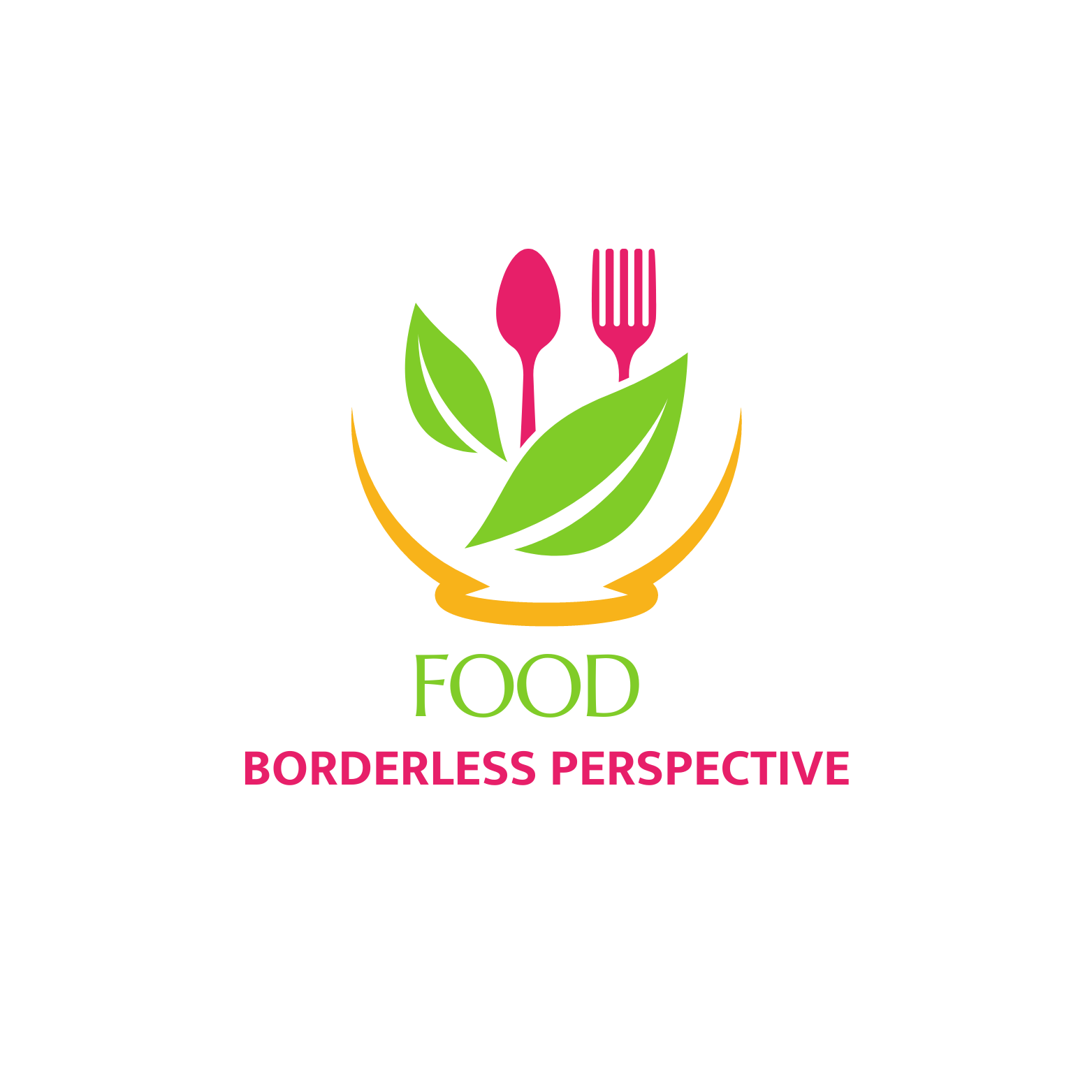




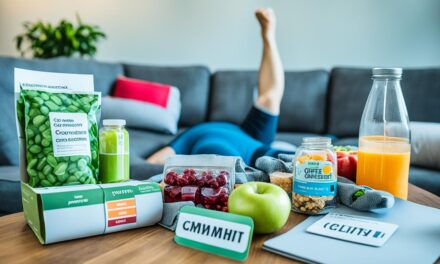
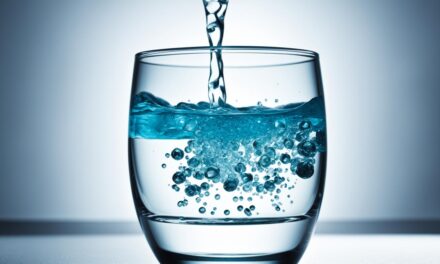
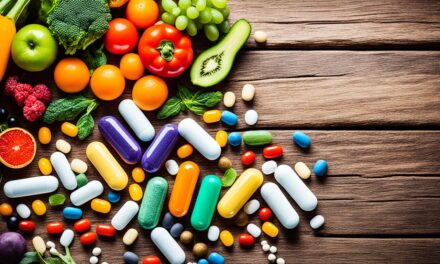
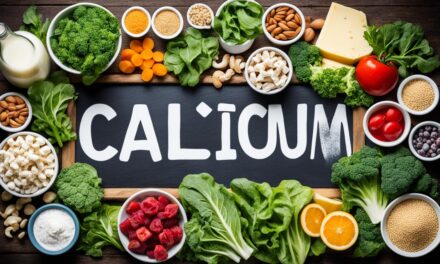





Recent Comments